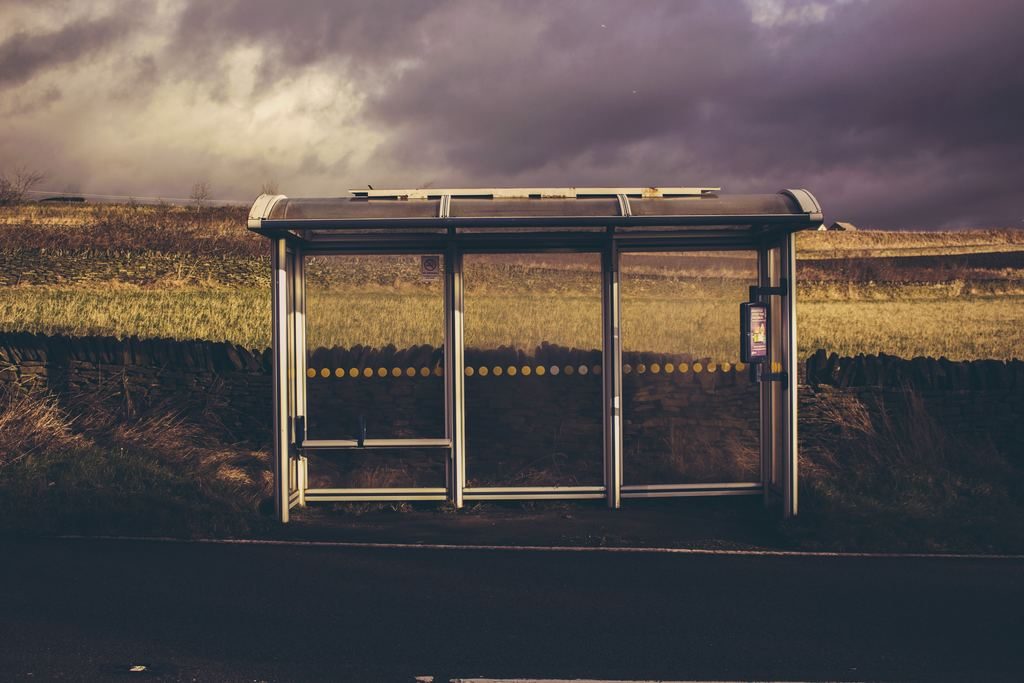Every year, the upkeep of Besançon’s urban transport system requires Keolis to intervene some 18,000 times. The expertise gained from long experience and familiarity with the network has allowed the company to service quickly and efficiently whatever needs attention in the day-to-day maintenance of the system.

An Increase in Scale
Keolis is also responsible for updating the bus and trolley schedules posted for riders. This requires them to visit all of the system’s bus shelters and schedule posts several times a year, in each instance in a very short span of time. The geographical area Keolis has to cover was recently expanded to include all of greater Besançon, which added 400 stops to the 500 already in place, with most of the new ones located in areas previously unserviced. The increased workload, with its rural setting and significantly longer travel times, had to be worked into the scheduling process. But how was Keolis to do that without the deep knowledge of the terrain that comes from years of experience, such as the knowledge they had of the transport system within the city limits?
Optimizing Service Routes

By working in close collaboration with Keolis, we were able to frame the problem in a way that allowed us to take all factors into account and generate a solution optimizing service routes. Reduced travel times made it easier to manage the increased workload. The maintenance teams were able to negotiate the new sectors smoothly by following on smartphones the routes that had been devised. After a successful full-scale trial run, the new approach to devising routes was adopted. It will continue to be used for the scheduling changes to come as well as for the routine inspections carried out at regular intervals throughout the year.
We are proud to have been able to help a key player in the Besançon community open to innovation in both the way the business operates and the tools used to improve its organization. Contact us if you, too, would like to reexamine how best to optimize service routes.
